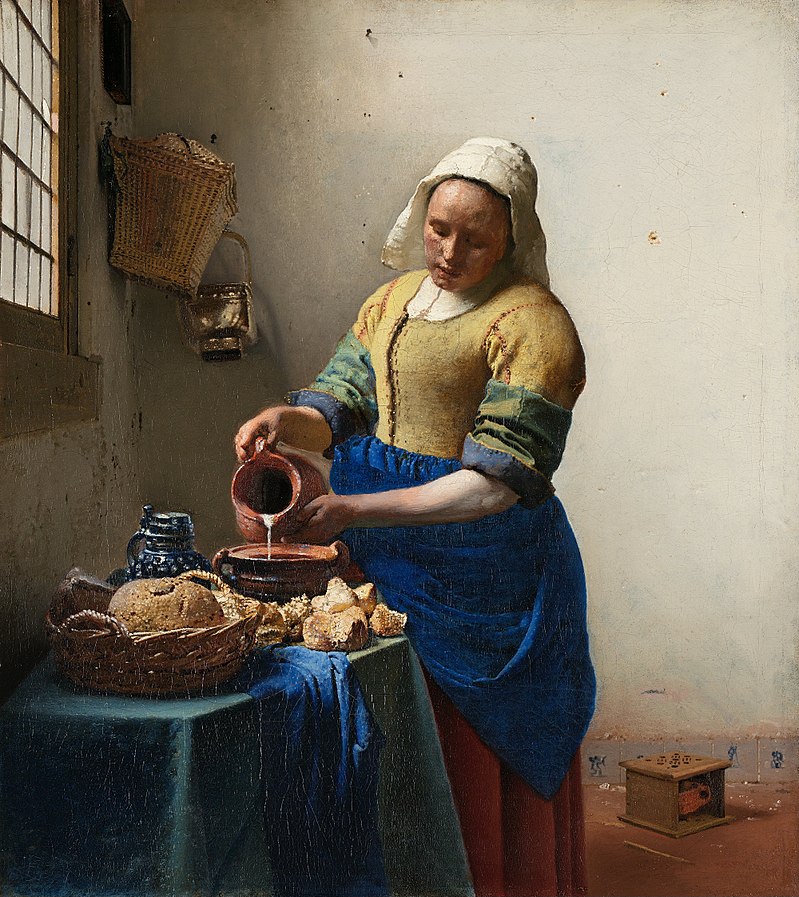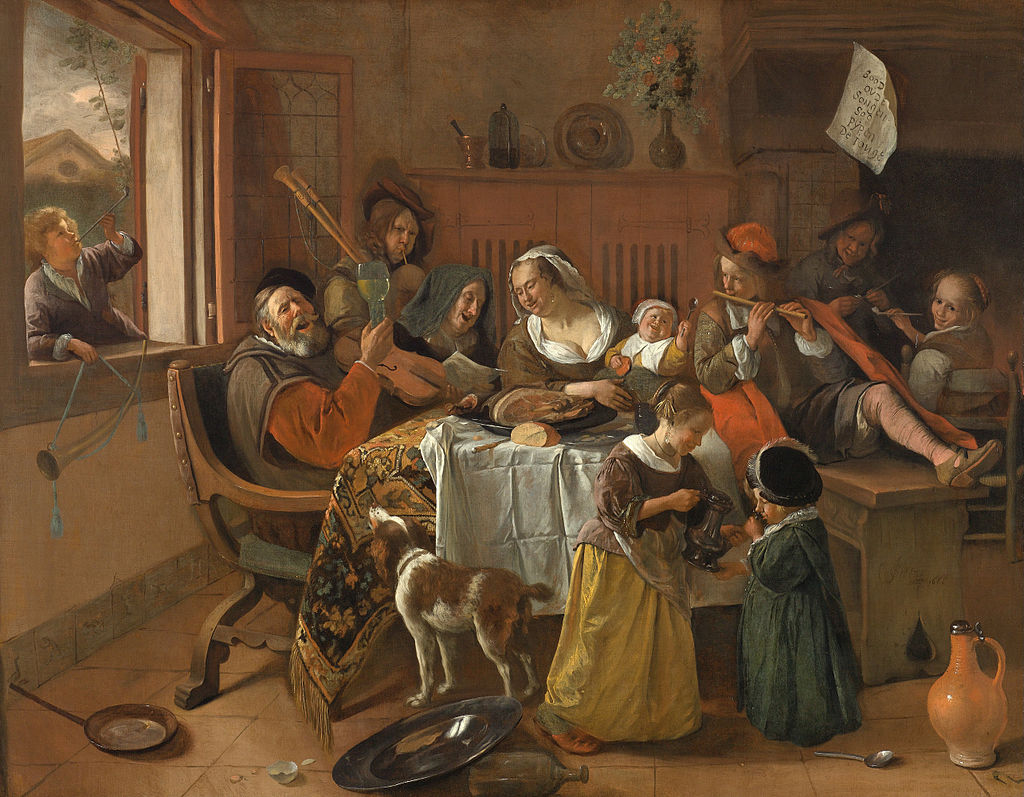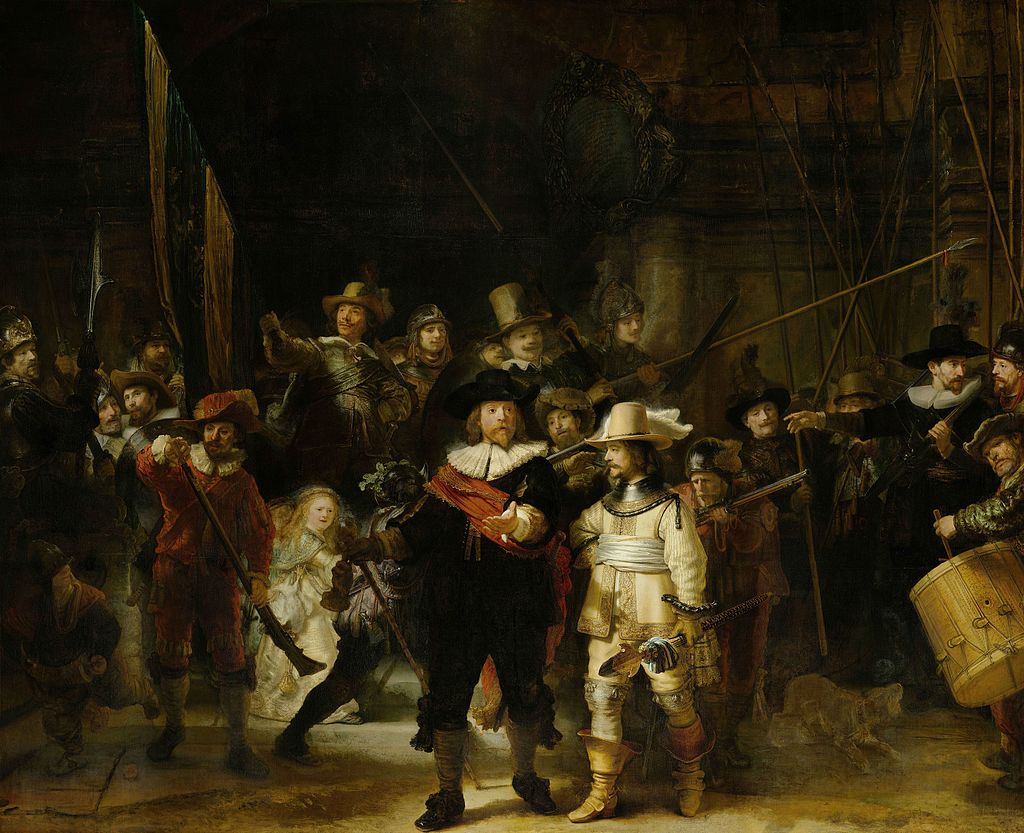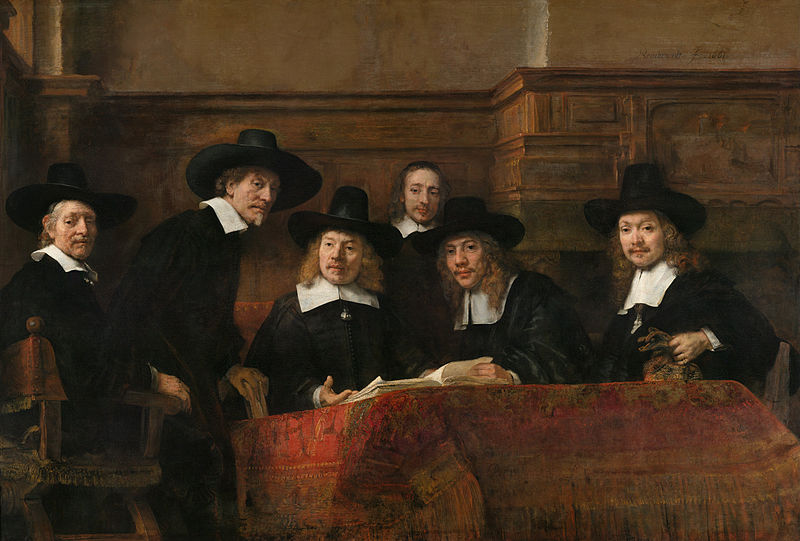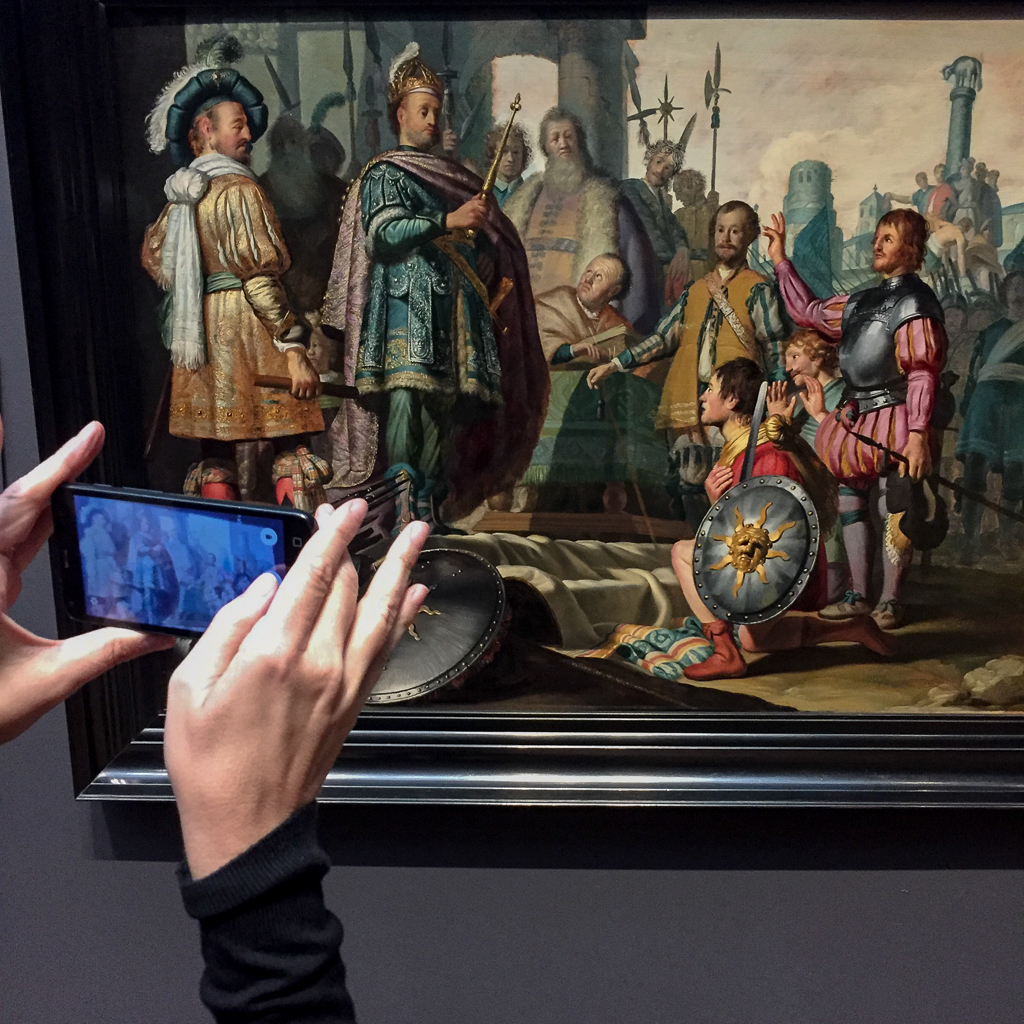 I’ve found that when I’m taking pictures for fun my favorite genre is Street Photography. I define street photography as “photography taken in a public space of ordinary people going about their ordinary lives. The scene is never set up, it must be real.” I find the unpredictability and random happenings on the street to be both challenging to photograph and rewarding when done well. Just the act of seeing and not getting the shot of a special moment in time whether it’s an expression, gesture, emotional moment, street humor or a juxtaposition is enough to train the eye to perhaps anticipate it in the future and be better prepared with the camera the next time something happens. It takes constant practice and attention to detail to get a good street photograph.
I’ve found that when I’m taking pictures for fun my favorite genre is Street Photography. I define street photography as “photography taken in a public space of ordinary people going about their ordinary lives. The scene is never set up, it must be real.” I find the unpredictability and random happenings on the street to be both challenging to photograph and rewarding when done well. Just the act of seeing and not getting the shot of a special moment in time whether it’s an expression, gesture, emotional moment, street humor or a juxtaposition is enough to train the eye to perhaps anticipate it in the future and be better prepared with the camera the next time something happens. It takes constant practice and attention to detail to get a good street photograph.
I found inspiration regarding the right expression, gesture, and emotion within a street photograph in an unlikely place. In the halls of the Rijksmuseum in Amsterdam I had a chance to see in person masters of Golden Age Dutch painting. Unique to the time period of the early to mid-17th century, in that area of the world, the style of painting changed to include less religious subjects and more of ordinary life as the subject of many paintings. For example, in Vermeer’s The Milkmaid, the subject is a domestic servant pouring milk from a jug into a bowl. The scene looks spontaneous and not posed or set up. Another example is Jan Steen’s The Merry Family, another spontaneous looking scene showing a boisterous family having a good time. There are gestures and emotions on the subject’s faces that look like what one would see on ordinary people in ordinary life.
Yes, there’s an allegorical meaning behind the painting warning the folks of the day against the vices of drink, gambling and gluttony, but the way the scene is painted is similar to how a street photographer would want to capture the image. Even Rembrandt’s The Night Watch is a scene that looks spontaneous. It marked a break from the common portraits of groups of men, known as Burgermeisters, that donated their time and money towards protecting the general population. Prior to Dutch Golden Age paintings, Burgermeisters were rendered as static portraits of seated or standing men staring back at the viewer. As portraits they’re finely done with good composition and lighting but to the eye of a street photographer they seem too lifeless and not engaging. Rembrandt painted the men in action getting ready for an altercation with body gestures and emotion on the watchmen’s faces.
Similar paintings of Burgermeisters by other Dutch masters show men gathered around a document or items on a table and looking up expectantly as if interrupted by the painter. The effect has a very similar look to street photography when a picture is taken of someone at the exact time they look up and realize their picture is being taken. The Dutch painters of the time perfected this spontaneous look that tells a story about the subjects. Hands and bodies are usually angled with gestures at important allegorical items, eyes are looking at the viewer or at other important elements of the picture.
What I learned and found inspiring in these Dutch paintings is the importance of gesture, spontaneity and emotion in a street photograph. A set up portrait of a street musician can be a nice portrait but lacks the elusive quality of a spontaneous street photograph taken when the shutter is released at the same time eye contact is made. The static posed picture of a street musician usually lacks action and gesture. Similarly, the ubiquitous photograph of someone crossing the street in an intersection is just a person crossing the street in an intersection unless there is a certain gesture of the body or emotion on the face that gives the picture a story.
Like Vermeer’s The Milkmaid, the mundane act of someone pouring milk into a bowl lacks interest unless there is an emotion on the face of the milkmaid. Her lips are pursed in concentration and eyes cast downward concentrating on the task. The lighting from the window sculpts the scene to draw the eye towards the subject. The story Vermeer intended is unknown, but the viewer has the ability to connect the elements of gesture, emotion and body position to invent their own story. That’s the difference between a well done picture of someone crossing an intersection and a regular picture of someone crossing an intersection. Good street photography has a story to tell. The story could be obvious or could be one each different viewer of the photograph creates based on their own experiences.
Many more examples of inspiring Dutch artwork hang on the walls of the Rijksmuseum and other museums closer to home. I encourage you to open your eyes, clear your mind and approach paintings as sources of inspiration that helps you hone your skills in your favorite form of photography.

